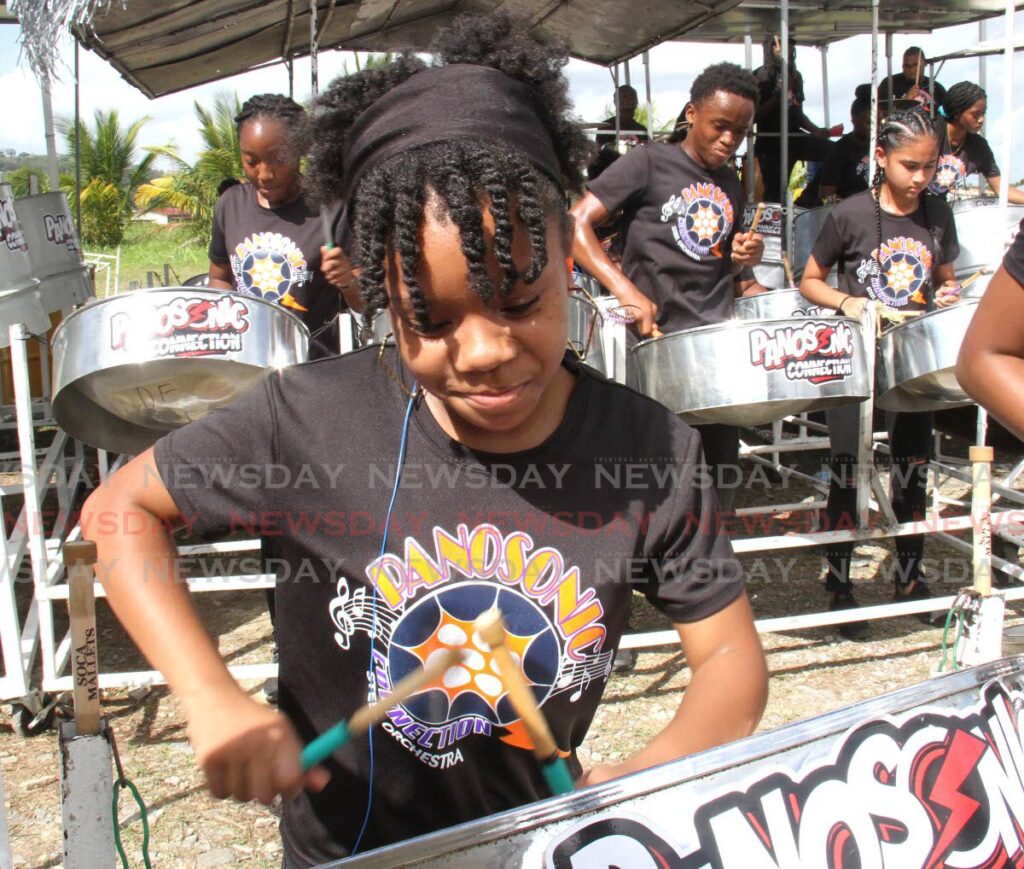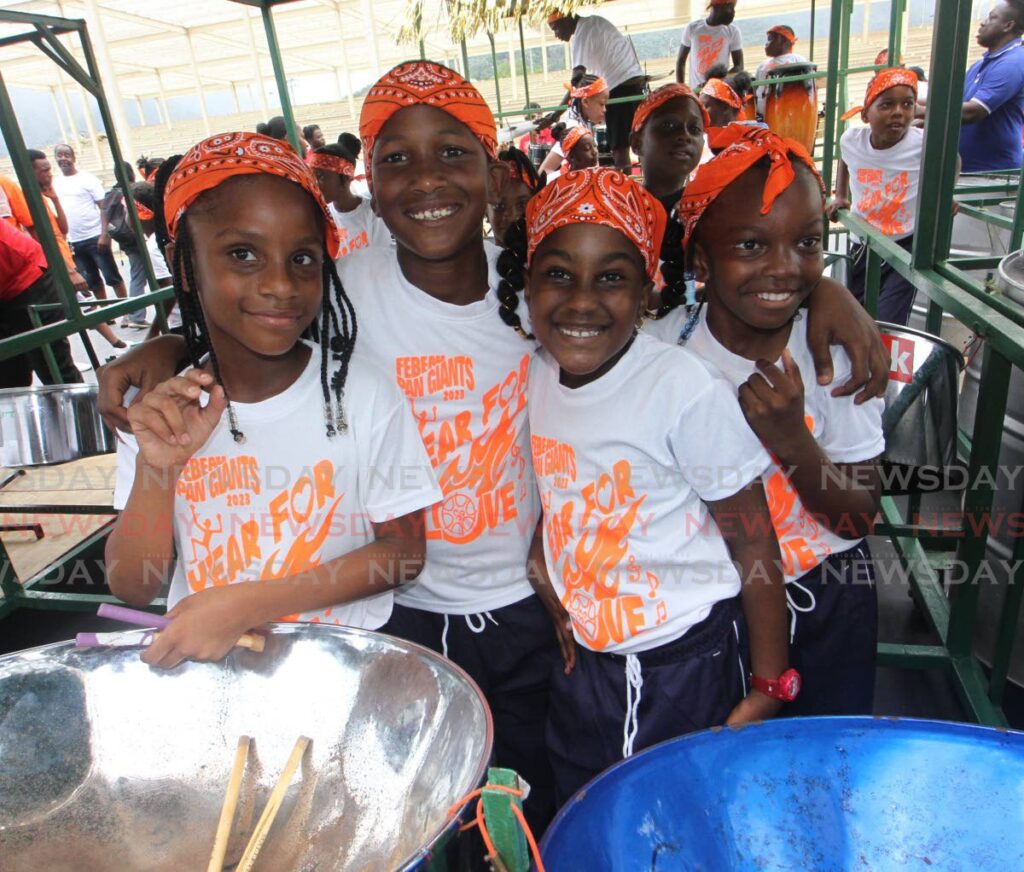The magic sticks

Mary Cuffy
Research continuously points to increased ability in various areas of a child’s life when exposed to music at young ages. Exposing children to music at a young age is highly beneficial; having a child participate in musical training classes early in their development will benefit their brain long term. When playing a musical piece, various brain systems are engaging simultaneously. Live music and the human interaction that accompanies it is one of the most intense, multi-sensory, and physically involving activities in which young children can engage. The more we explore this idea, the clearer it becomes that live music can play a powerful role in this development from the very start.
Hundreds of students took part in the National Junior Panorama, both at the primary and secondary level. The passion and enthusiasm of the students was indeed commendable. Equipping the nation’s youth with information on the national instrument will give them the ability to take the steelpan to the soaring heights it can reach. Teaching children to play the steelpan significantly develops literacy skills and powers of concentration. Most schools would practice for at least three hours daily. The skills learnt during practice can be transferred into the classroom. Literacy and numeracy are enhanced through learning song structures and understanding a range of rhythms, players develop good hand to eye co-ordination, memory skills improve as steel pans are taught orally, and playing in an ensemble develops key teamwork, communication and listening skills.

Researchers observing music and movement classes have documented that participation in arts activities correlates with positive emotion for pre-schoolers and facilitates their ability to regulate their emotions. It may be that experience with musical concepts like stopping/starting, slowing down/speeding up, and verse/chorus provide children with the motivation to direct and modulate their behaviour. Music, with its tempo and rhythm, verses and choruses, provides clear structures that help children learn the rules and routines for being together.
Collectively, all these benefits can serve to successfully create an ensemble using the national instrument the steelpan. A major outcome in the Aesthetic Strand of the National Curriculum Guide, postulates that the child should be able to perform simple rhythmic accompaniments with the steel pan. In addition, to responding to music in various tempos and styles with positive attitudes towards the cultural art forms of their nation.
Former Education Minister Anthony Garcia had said, “he will seek to ensure that the national instrument, the steelpan, is taught in the nation’s schools to develop more expert pan players in the future.”
At a very early age, children also look for objects to satisfy their inclination to produce sound: the ping, pong, ping, pong on the steelpan provides such. Therefore, the steelpan is an ideal instrument to introduce at home and at early childhood centres. Additionally, the steelpan can be used in an integrated manner in the early childhood centres to discover basic sound and letter recognition. Children often reproduce certain sounds over and over again to gain clearer understanding of their action in relation to the sound. This leads to better control of the instrument and greater sense of personal satisfaction. Children's involvement in musical activity has a profound effect on the development of the child's general learning. It is now proven that children who are engaged in arts activities, especially music, have advantages in all areas of learning.
And, having the steel pan in all our school, early childhood to secondary, is one way to ensure that Trinidad and Tobago's cultural heritage stay alive.

Comments
"The magic sticks"